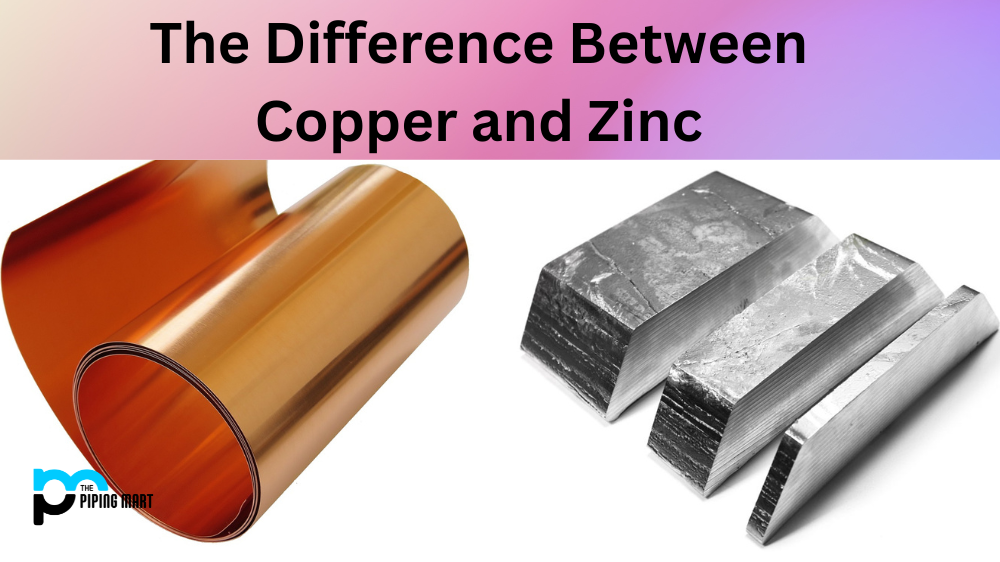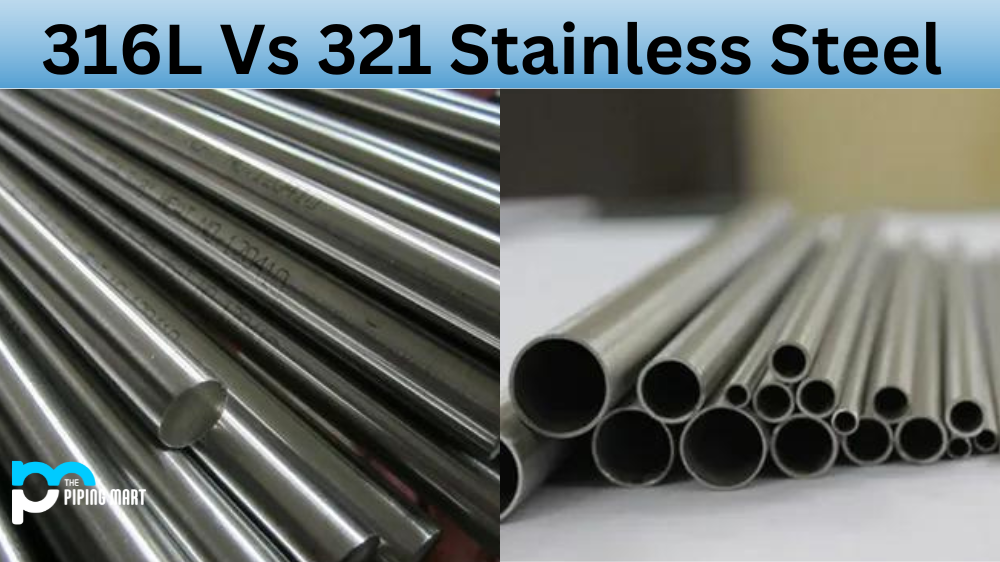Overview to Military Armor
Ballistic or Military armor, also referred to as a bulletproof shield, is a personal protection that can absorb the impact and minimize or avoid body damage from firearm-fired bullets and explosive shrapnel, and is mounted on the body or added to Vehicles. Currently, protective vests, also known as flak jackets, made of ballistic fabric such as Kevlar, spectra, etc., and ceramic or metal plates are popular among police forces, security personnel, correction officers and some military branches.
Shield steel, defensive steel or “ballistic defense” steel is as it sounds like a steel that in the case of incoming missiles will defend against external threat. Historically, Armor steels have provided improved ballistic efficiency against a variety of battlefield threats and remain highly efficient armor materials. The connection between armor steel mechanical properties, mainly their mechanical metallurgy, and ballistic efficiency is clarified, where such performance is defined primarily by structural power, stiffness, and high stress behavior.
The steel is quenched when the steel has reached the austenitic condition-that means the steel is quickly cooled down to almost room temperature. Such fast cooling solid-state carbon atom solution “freezes” in the iron matrix, creating twisted cubical ferritic crystals. The distorted crystals are extremely strongly immune. The distorted form of cubic iron crystal is called martensite.
Blast Protection Steel
Steels with blast defense range from 370–460 Brinell. These are built specifically to protect the bombs, improvised explosive devices (IEDs) and even explosives from high energy impacts and waves. The bulk of blast safety steels used today are 440 Brinell, offering a good balance of stiffness and durability.
Steels for blast protection need to be very robust to absorb large amounts of blast energy. This is complicated to perform feasible blast tests so the most common way to test and compare blast protection steels is to verify the material impact toughness testing at minus 40 degrees Celsius. In NATO Standard STANAG 4569, these steels are mostly referred to as blast classes.
Construction Steels
Typically, a construction steel is used for a vehicle’s load carrying section-this is because the steel must not only be bendable and weldable, but must also have the greatest resistance to compressive stress and exhaustion. Both “blast steels” and the steel grades 500 Brinell and 550 Brinell should be suitable for use with “building material.
1. “High Hardness Armor (HHA) – 500 Brinell Steel (HB477-540)
High Hardness Armor Steels (HHA or HH) are the world’s most popular armor steels, and their characteristics were currently specified by the United States ‘ military standard MIL-DTL-46100.
2. Very High Hardness Armor (VHH) – 550 Brinell steel (HB530-590)
Such steels are primarily a 500-type steel with a slightly higher carbon content of about 0.31%. The HHA steels would have to be sturdy, weldable but not fatigue-sensitive.
Spaced Armor
Spaced steel primarily defends from bullets that pierces metal. The air gap or’ room’ is the most important feature of scattered armor. Designs can be considered relatively straightforward because they are parallel to a gap between two steel plates. In many situations, an air gap of 10 mm suffices to avoid very high levels of danger.
Typical scattered safety mounting strategies involve bolting a base-building steel on an armor-steel plate. A very common example is when you begin with a bearing style EN1522 FB6 safety (SS109) – 6.5 mm 500 Brinell and apply a 10 mm air gap on a 4.0 mm 500 Brinell type shield.

Pipingmart is B2B portal specializes in industrial, metal and piping products. Also, share latest information and news related to products, materials and different types grades to help business dealing in this industry.




